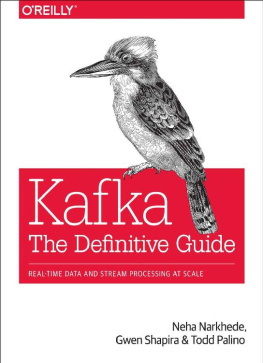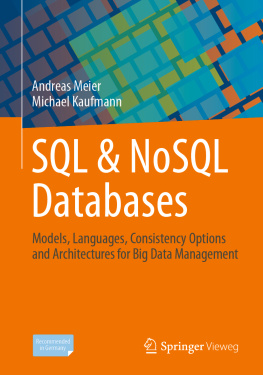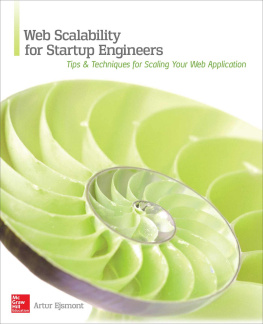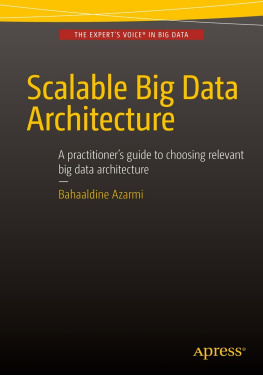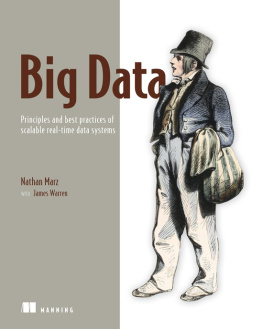Martin Kleppmann - Designing Data-Intensive Applications: The Big Ideas Behind Reliable, Scalable, and Maintainable Systems
Here you can read online Martin Kleppmann - Designing Data-Intensive Applications: The Big Ideas Behind Reliable, Scalable, and Maintainable Systems full text of the book (entire story) in english for free. Download pdf and epub, get meaning, cover and reviews about this ebook. year: 2017, publisher: O’Reilly Media, genre: Computer. Description of the work, (preface) as well as reviews are available. Best literature library LitArk.com created for fans of good reading and offers a wide selection of genres:
Romance novel
Science fiction
Adventure
Detective
Science
History
Home and family
Prose
Art
Politics
Computer
Non-fiction
Religion
Business
Children
Humor
Choose a favorite category and find really read worthwhile books. Enjoy immersion in the world of imagination, feel the emotions of the characters or learn something new for yourself, make an fascinating discovery.
- Book:Designing Data-Intensive Applications: The Big Ideas Behind Reliable, Scalable, and Maintainable Systems
- Author:
- Publisher:O’Reilly Media
- Genre:
- Year:2017
- Rating:3 / 5
- Favourites:Add to favourites
- Your mark:
Designing Data-Intensive Applications: The Big Ideas Behind Reliable, Scalable, and Maintainable Systems: summary, description and annotation
We offer to read an annotation, description, summary or preface (depends on what the author of the book "Designing Data-Intensive Applications: The Big Ideas Behind Reliable, Scalable, and Maintainable Systems" wrote himself). If you haven't found the necessary information about the book — write in the comments, we will try to find it.
Data is at the center of many challenges in system design today. Difficult issues need to be figured out, such as scalability, consistency, reliability, efficiency, and maintainability. In addition, we have an overwhelming variety of tools, including relational databases, NoSQL datastores, stream or batch processors, and message brokers. What are the right choices for your application? How do you make sense of all these buzzwords?
In this practical and comprehensive guide, author Martin Kleppmann helps you navigate this diverse landscape by examining the pros and cons of various technologies for processing and storing data. Software keeps changing, but the fundamental principles remain the same. With this book, software engineers and architects will learn how to apply those ideas in practice, and how to make full use of data in modern applications.
- Peer under the hood of the systems you already use, and learn how to use and operate them more effectively
- Make informed decisions by identifying the strengths and weaknesses of different tools
- Navigate the trade-offs around consistency, scalability, fault tolerance, and complexity
- Understand the distributed systems research upon which modern databases are built
- Peek behind the scenes of major online services, and learn from their architectures
Martin Kleppmann: author's other books
Who wrote Designing Data-Intensive Applications: The Big Ideas Behind Reliable, Scalable, and Maintainable Systems? Find out the surname, the name of the author of the book and a list of all author's works by series.

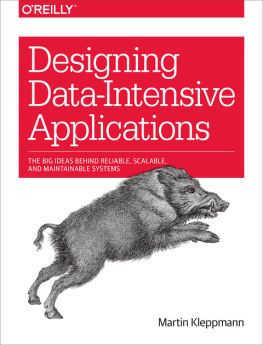
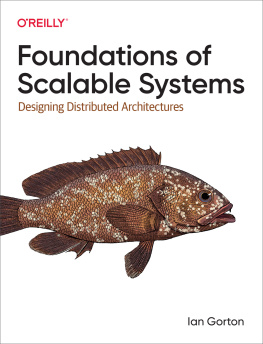
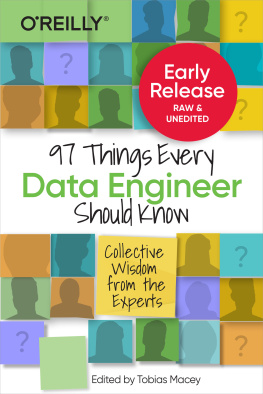

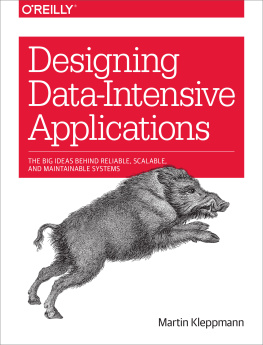
![Jay Kreps - I [heart symbol] logs: event data, stream processing, and data integration](/uploads/posts/book/193914/thumbs/jay-kreps-i-heart-symbol-logs-event-data.jpg)
